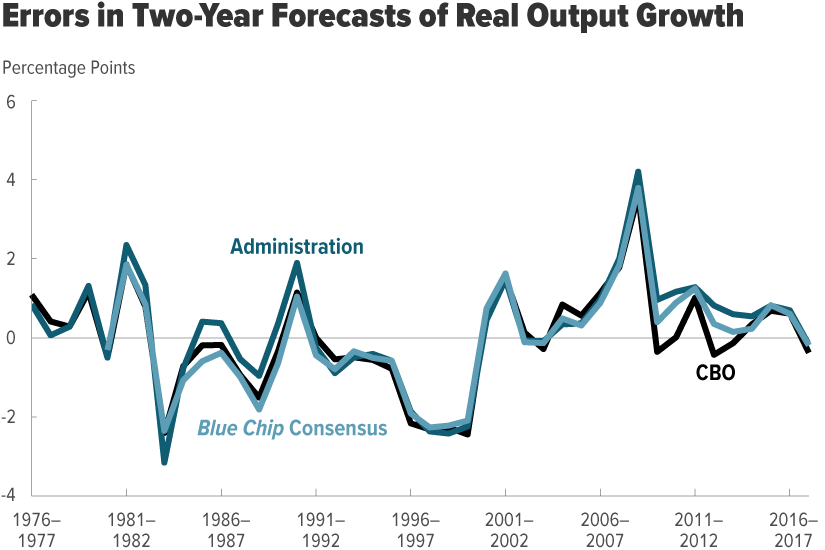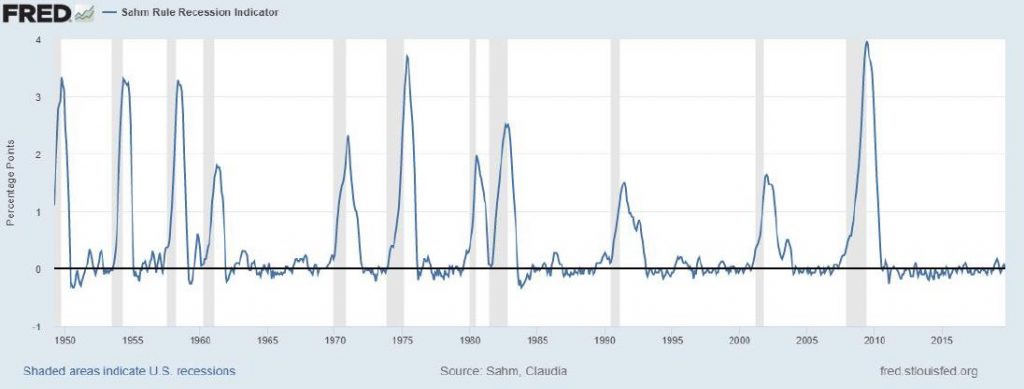Showing posts with label Forecasting Forum. Show all posts
Friday, February 28, 2020
Economists should learn lessons from meteorologists
From the Financial Times:
“The UK’s national weather service, the Met Office, is to get a £1.2bn computer to help with its forecasting activities. That is a lot of silicon. My instinctive response was: when do we economists get one?
People may grumble about the weather forecast, but in many places we take its accuracy for granted. When we ask our phones about tomorrow’s weather, we act as though we are gazing through a window into the future. Nobody treats the latest forecasts from the Bank of England or the IMF as a window into anything.
That is partly because politics gets in the way. On the issue of Brexit, for example, extreme forecasts from partisans attracted attention, while independent mainstream forecasters have proved to be pretty much on the money. Few people stopped to praise the economic bean-counters.
Economists might also protest that nobody asks them to forecast economic activity tomorrow or even next week; they are asked to describe the prospects for the next year or so. True, some almanacs offer long-range weather forecasts based on methods that are secret, arcane, or both — but the professionals regard such attempts as laughable.
Enough excuses; economists deserve few prizes for prediction. Prakash Loungani of the IMF has conducted several reviews of mainstream forecasts, finding them dismally likely to miss recessions. Economists are not very good at seeing into the future — to the extent that most argue forecasting is simply none of their business. The weather forecasters are good, and getting better all the time. Could we economists do as well with a couple of billion dollars’ worth of kit, or is something else lacking?
The question seemed worth exploring to me, so I picked up Andrew Blum’s recent book, The Weather Machine, to understand what meteorologists actually do and how they do it. I realised quickly that a weather forecast is intimately connected to a map in a way that an economic forecast is not.”
Continue reading here.
From the Financial Times:
“The UK’s national weather service, the Met Office, is to get a £1.2bn computer to help with its forecasting activities. That is a lot of silicon. My instinctive response was: when do we economists get one?
People may grumble about the weather forecast, but in many places we take its accuracy for granted. When we ask our phones about tomorrow’s weather, we act as though we are gazing through a window into the future.
Posted by at 8:48 AM
Labels: Forecasting Forum
Wednesday, February 19, 2020
The accuracy of long-term growth forecasts by economics researchers
From a new VOX post on long-term growth forecasts:
“Although long-term macroeconomic forecasts substantially affect the sustainability of government debt and the social security system, they cannot avoid significant uncertainty. This column assesses whether academic researchers in economics make accurate long-term growth forecasts, comparing ten-year growth forecasts made by Japanese economists in 2006–2007 with the realised figures. Even excluding the years affected by the Global Crisis, the results show that forecasts tend to be biased upwards and involve significant uncertainty, even for economics researchers specialising in macroeconomics or economic growth.”
“Figure 1 shows the means and medians of forecast errors. Forecasts by the researchers in economics have an optimistic bias, similar to the findings for the forecasts by the government agencies. Even after removing the two years affected by the Global Crisis to calculate annual growth rates, a non-negligible upward bias remains: about 0.5-0.6 percentage points for real GDP growth and about 1.3-1.4 percentage points for nominal GDP growth. ”
From a new VOX post on long-term growth forecasts:
“Although long-term macroeconomic forecasts substantially affect the sustainability of government debt and the social security system, they cannot avoid significant uncertainty. This column assesses whether academic researchers in economics make accurate long-term growth forecasts, comparing ten-year growth forecasts made by Japanese economists in 2006–2007 with the realised figures. Even excluding the years affected by the Global Crisis, the results show that forecasts tend to be biased upwards and involve significant uncertainty,
Posted by at 2:55 PM
Labels: Forecasting Forum
Monday, February 3, 2020
Why Economists Should Act More Like Weather Forecasters
International Monetary Fund advisor Prakash Loungani explains why economists have such a terrible track record when it comes to predicting recessions. Plus, Noah reflects on the Washington Nationals heading to the World Series. Listen to the podcast here.
International Monetary Fund advisor Prakash Loungani explains why economists have such a terrible track record when it comes to predicting recessions. Plus, Noah reflects on the Washington Nationals heading to the World Series. Listen to the podcast here.
Posted by at 4:56 PM
Labels: Forecasting Forum
Thursday, October 31, 2019
CBO’s Economic Forecasting Record: 2019 Update
From Congressional Budget Office:
“CBO’s economic forecasts have been comparable in quality to those of the Administration and the Blue Chip consensus. Large errors in CBO’s forecasts tend to reflect challenges faced by all forecasters.
Each year, CBO prepares economic forecasts that underlie its projections of the federal budget. CBO forecasts hundreds of economic variables, but some—including output growth, the unemployment rate, inflation, interest rates, and wages and salaries—play a particularly significant role in the agency’s budget projections. To evaluate the quality of its economic projections, estimate uncertainty ranges, and isolate the effect of economic errors on budgetary projections, CBO regularly analyzes its historical forecast errors. That analysis serves as a tool for assessing the usefulness of the agency’s projections.
In this report, CBO evaluates its two-year and five-year economic forecasts from as early as 1976 and compares them with analogous forecasts from the Administration and the Blue Chip consensus—an average of about 50 private-sector forecasts published in Blue Chip Economic Indicators. External comparisons help identify areas in which the agency has tended to make larger errors than other analysts. They also indicate the extent to which imperfect information may have caused all forecasters to miss patterns or turning points in the economy.”
Continue reading here.
From Congressional Budget Office:
“CBO’s economic forecasts have been comparable in quality to those of the Administration and the Blue Chip consensus. Large errors in CBO’s forecasts tend to reflect challenges faced by all forecasters.
Each year, CBO prepares economic forecasts that underlie its projections of the federal budget. CBO forecasts hundreds of economic variables, but some—including output growth,
Posted by at 11:15 AM
Labels: Forecasting Forum
Monday, October 14, 2019
Recession 2020?
An interesting presentation on recession dynamics by Tara M Sinclair from George Washington University. They answer three fundamental questions:
“1. Are we in a recession now?
2. When is the next recession coming?
3. What will the next recession look like? ”
Source: Recession 2020? Tara M. Sinclair @TaraSinc The George Washington UniversityResearch Program on Forecasting
An interesting presentation on recession dynamics by Tara M Sinclair from George Washington University. They answer three fundamental questions:
“1. Are we in a recession now?
2. When is the next recession coming?
3. What will the next recession look like? ”
Source: Recession 2020? Tara M. Sinclair @TaraSinc The George Washington UniversityResearch Program on Forecasting
Posted by at 4:14 PM
Labels: Forecasting Forum
Subscribe to: Posts



